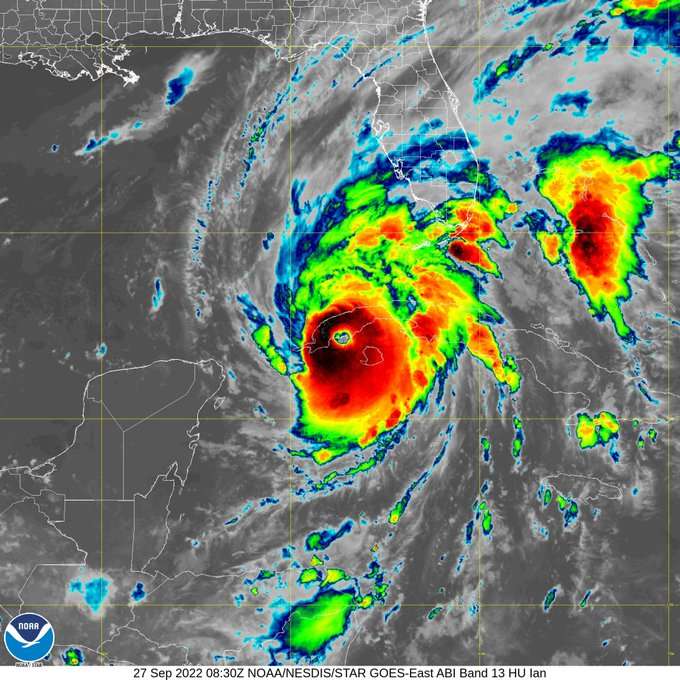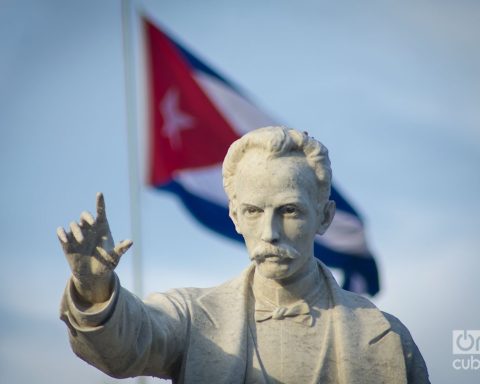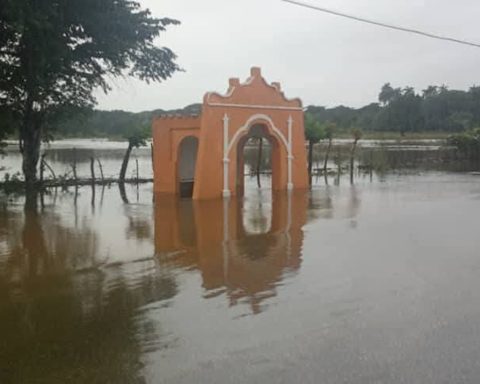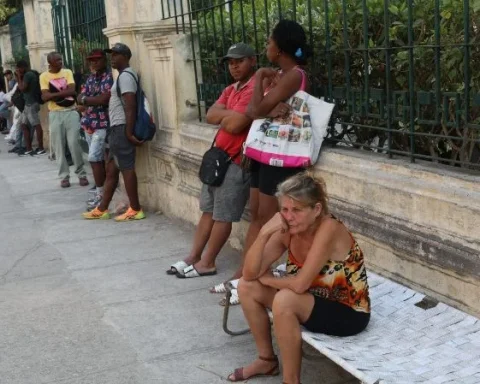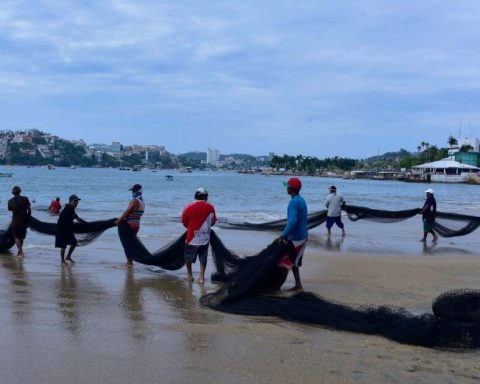Already with category three (out of five) on the Saffir-Simpson scale, the Hurricane Ian It made landfall in the early hours of this Tuesday in the western end of Cuba with winds of 185 kilometers per hour (km / h). At the close of this article, it was passing through the city of Pinar del Río, something that had not happened in 30 years, according to local reports.
According to the Meteorological Institute (Insmet) of Cuba, the hurricane made landfall at around 3:24 local time (7:24 GMT) by the community of La Coloma (Pinar del Río) at a speed of 20 km/h.
hurricane center #Ian It makes landfall in La Coloma, more intense, with maximum sustained winds of 205 km/h. pic.twitter.com/rYwPXIvX7W
— Elier Pila Fariñas (@elierpf) September 27, 2022
The center of the hurricane made landfall almost an hour and a half later, according to Insmet, with maximum sustained winds of 205 km/h. Cuban television reported a gust of 208 km/h in the municipality of San Juan y Martínez.
In its latest warning about this cyclone, the Insmet explained that “the center of Ian was estimated at 21.9 degrees North latitude and 83.7 degrees West longitude, a position that places it about 35 kilometers south-southwest of La Coloma, Pinar del Río, and 55 kilometers south of the city of Pinar del Río. Its minimum central pressure has dropped to 956 hectopascals and it remains heading north-northwest moving at 20 kilometers per hour.”
Ian will cross the Island from south to north in about four or five hours, to return to the sea between Puerto Esperanza and Santa Lucía, already on the northwestern coast, around eight in the morning. It is causing serious effects in the westernmost third of the country, with power outages and the suspension of most land and sea traffic due to heavy rains and strong winds. At the moment no human damage has been reported.
The Electric Union (UNE) withdrew the electrical service in the entire province of Pinar del Río for security reasons given the strong winds.
The material damage already seems considerable, according to Eph. Preliminary reports indicate that they are registered in homes and tobacco houses in Pinar del Río, the main tobacco region in Cuba. According to the first counts of the authorities, the evacuees amount to 50,000 in the western provinces of Pinar del Río and Artemisa.
In Havana, the largest city in the country, moderate rains with stronger peaks and some punctual interruptions of the electrical current are registered from the first hour of the night.
Efe/OnCuba.
